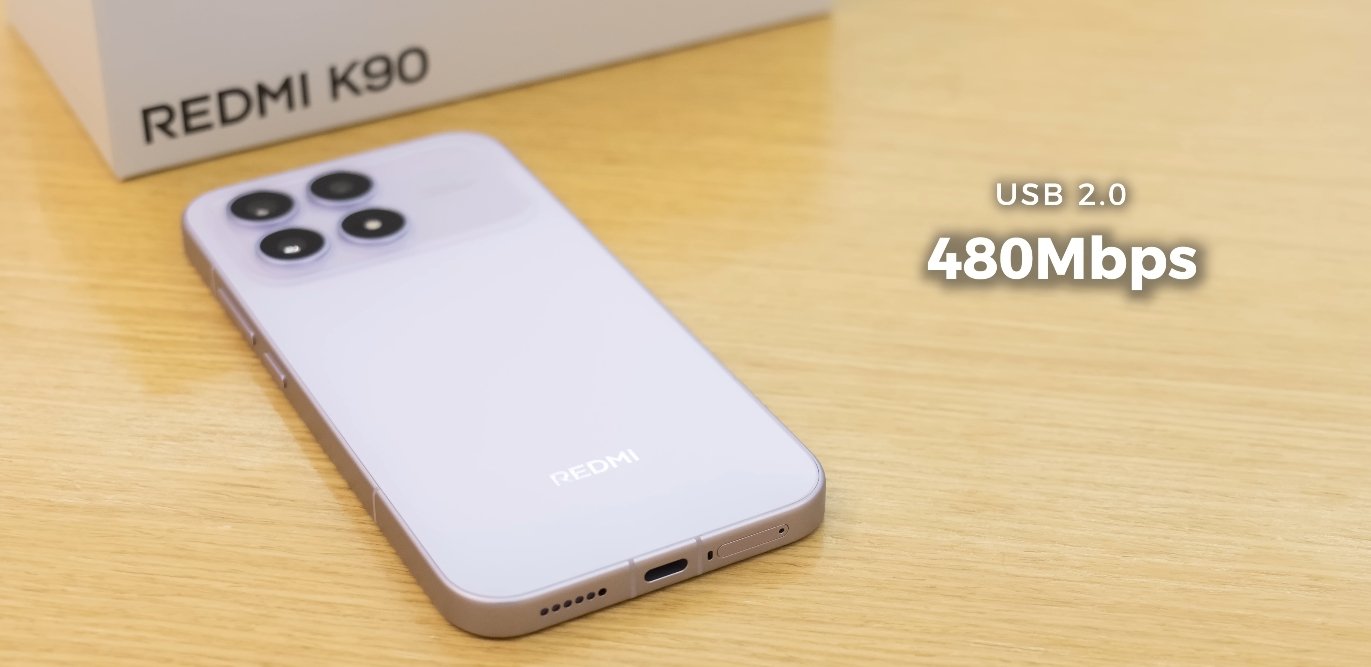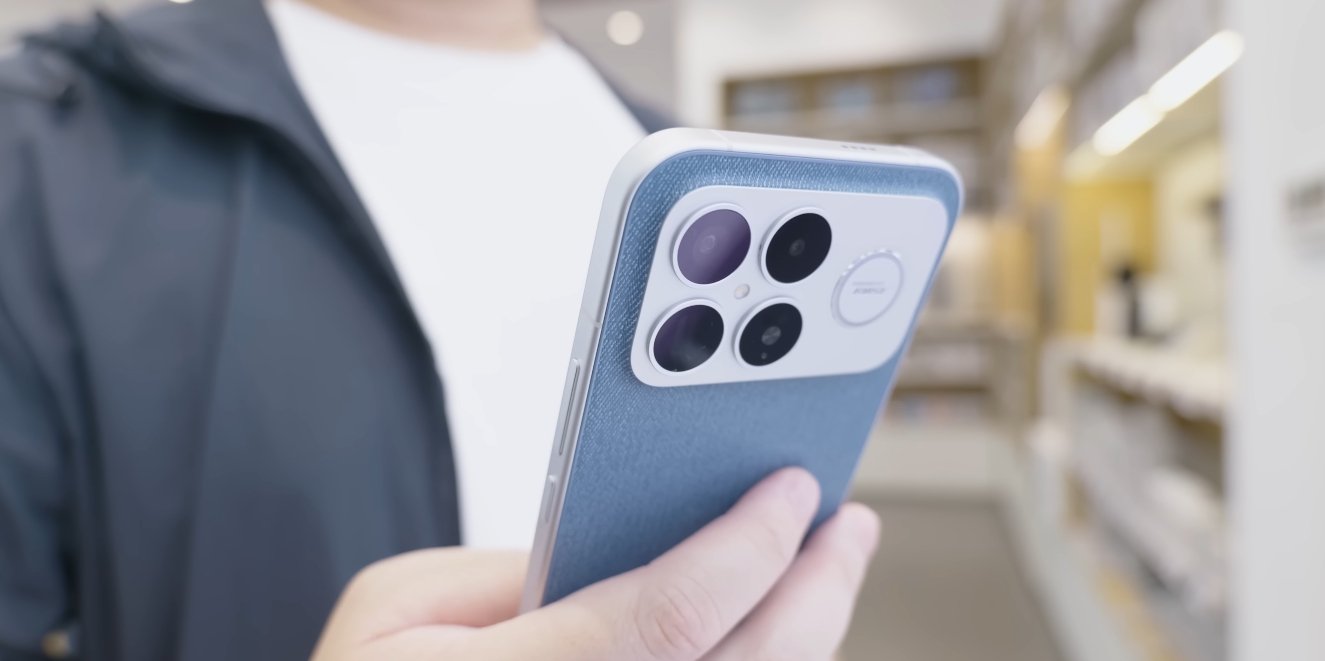Evaluating the Redmi K90 Pro Max display performance in Canada’s winter daylight
The Redmi K90 Pro Max, known for its large 6.9-inch OLED display and a peak brightness reaching up to 3,500 nits, is built to handle various lighting environments. For Canadian users, the real challenge often comes during winter, when the sun is low, snow glare is intense, and the light can be both harsh and diffused. Assessing how the Redmi K90 Pro Max performs under these unique conditions helps reveal its true outdoor usability and whether it stands up to Canada’s long, bright, and cold winter days.
Winter in Canada brings lighting extremes unlike most other regions. On clear days, the sunlight reflects strongly off snow and ice, amplifying glare that can easily overpower standard smartphone displays. On cloudy days, the ambient light is often diffused yet still bright enough to challenge screen visibility. The Redmi K90 Pro Max’s OLED panel handles both of these scenarios impressively well. Its high brightness levels, paired with deep contrast and sharp color reproduction, make it easy to read messages, view maps, or edit photos even when surrounded by reflective snow. For those living in cities like Calgary or Toronto, where winter days can switch quickly from overcast to blindingly bright, the adaptive brightness feature automatically adjusts in real time, ensuring consistent readability without constant manual intervention.
The phone’s ability to reach 3,500 nits of peak brightness means it stays visible even in direct winter sunlight. Many smartphones struggle to maintain clarity in such conditions, but the Redmi K90 Pro Max manages to preserve both brightness and detail. The OLED technology ensures that blacks remain deep and colors remain vivid, even under full illumination. This proves especially useful for outdoor professionals, delivery drivers, and photographers who rely on their phones for navigation, scheduling, or previewing images during daylight hours. Whether checking directions on Google Maps or reading business emails while waiting at a train station, users can count on the display to remain legible and vibrant.

However, Canadian winters also bring another test: cold temperatures. When the thermometer dips below freezing, many smartphones experience slower screen response times and temporary dimming as internal components adapt. The Redmi K90 Pro Max’s thermal design helps mitigate this. Its internal temperature sensors monitor ambient conditions and adjust performance accordingly. In extremely cold environments, the phone may initially limit maximum brightness or slightly reduce refresh rate until it warms up, protecting the OLED panel from stress. Once the internal temperature stabilizes, full performance resumes. In most real-world use cases—such as taking the phone from a coat pocket to outdoor use—the delay is minimal and barely noticeable.
An often-overlooked aspect of winter usability is glare management. Snow and ice reflect light at multiple angles, which can cause discomfort or make screen content harder to see. The Redmi K90 Pro Max’s display surface features a mild anti-reflective coating, which helps reduce mirror-like reflections under direct sunlight. While no display can fully eliminate glare, the phone’s combination of high brightness and deep contrast counteracts it effectively. Even in bright winter conditions, users can comfortably browse, type, or watch videos without having to shield the screen with their hand.
Battery consumption does increase slightly when the display operates at maximum brightness in cold conditions. This is a common issue across smartphones, as the combination of low temperature and high power output puts extra strain on the battery. In tests simulating Canadian outdoor conditions, users would likely notice a faster battery drain when keeping brightness near its upper limit. Still, the Redmi K90 Pro Max’s massive 7,560 mAh battery offsets this concern. Even during prolonged outdoor use, it can sustain several hours of screen-on time before needing a recharge, which is crucial for those who work or travel extensively during winter days.
Transitioning between outdoor and indoor environments is another area where the K90 Pro Max performs well. Its automatic brightness sensor quickly adapts when users move from blinding outdoor light to dimmer indoor spaces. This smooth adjustment helps prevent the eye strain that can occur when a screen remains overly bright indoors. The OLED’s ability to dim down to as low as 1 nit also means that nighttime or low-light use remains comfortable, maintaining visibility without harsh glare.
In terms of usability, the phone’s size may require two-handed operation for those wearing gloves, but the large display ensures that text and icons remain easy to read. This is particularly helpful for users navigating on foot in busy winter streets or checking notifications while wearing outerwear. The touch sensitivity remains responsive even at lower temperatures, though using capacitive-friendly gloves ensures consistent interaction.
Overall, the Redmi K90 Pro Max demonstrates excellent adaptability to Canadian winter daylight conditions. Its combination of ultra-high brightness, OLED contrast, and thermal stability ensures reliable visibility even in the toughest lighting environments. While users should expect slightly higher power consumption when operating at full brightness outdoors, the trade-off is worthwhile for its clear, vivid display performance.
For Canadians who spend much of their winter days outdoors—whether commuting, traveling, or simply enjoying seasonal activities—the Redmi K90 Pro Max stands out as one of the few smartphones that can handle both the brightness and the cold. It delivers a consistent visual experience, maintaining clarity, color accuracy, and responsiveness across all typical winter conditions. In short, the device proves not only powerful in specs but also practical for real-world Canadian winters, where sunlight and snow combine to test every display’s limits.

